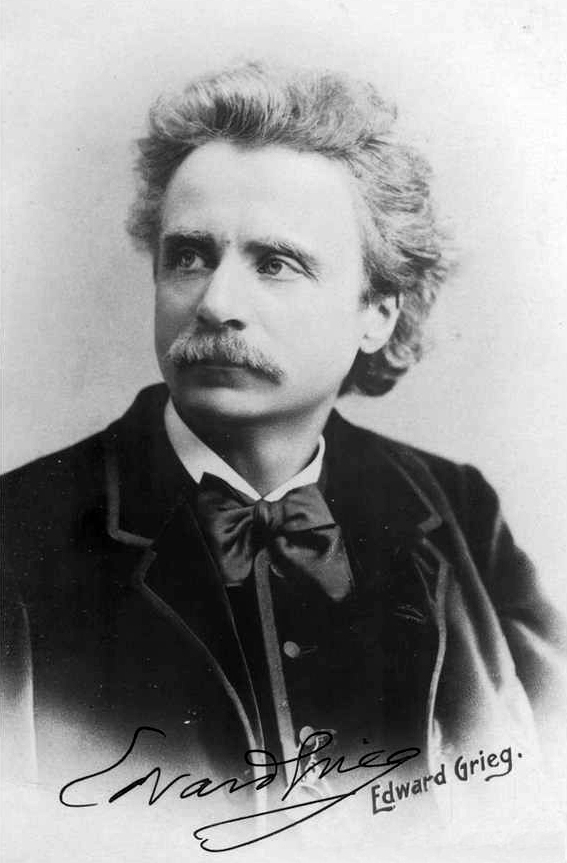Concerto No. 21 and Song sung blue!
The Neil Diamond song was inspired by Mozart's Concerto No. 21. This song was a fav. of mine and still invokes nice memories for me.
The concerto has three movements:
- Allegro maestoso; in common time. The tempo marking is in Mozart's catalog of his own works, but not in the autograph manuscript.[3]
- Andante in F major. In both the autograph score and in his personal catalog, Mozart notated the meter as Alla breve. [4]
- Allegro vivace assai
Mozart
http://youtu.be/i2uYb6bMKyI
Neil Diamond
http://www.youtube.com/watch?v=P1t9zOwmWok
Lyrics
"Song Sung Blue"
Song sung blue, everybody knows one
Song sung blue, every garden grows one
Me and you are subject to
The blues now and then
But when you take the blues
And make a song
You sing 'em out again
You sing 'em out again
Song sung blue, weeping like a willow
Song sung blue, sleeping on my pillow
Funny thing,
But you can sing it with a cry in your voice
And before you know it get to feeling good
You simply got no choice
Me and you are subject to
The blues now and then
But when you take the blues
And make a song
You sing 'em out again
Song sung blue, weeping like a willow
Song sung blue, sleeping on my pillow
Funny thing,
But you can sing it with a cry in your voice
And before you know it start to feeling good
You simply got no choice
Song sung blue
Song sung blue
Funny thing,
But you can sing it with a cry in your voice
Song Sung Blue chords
Neil Diamond *
C C7 C . . .
C
Song sung blue
G
Everybody knows one
G7
Song sung blue
C
Every garden grows one
C7 F
Me and you, are subject to, the blues now and then
G
But when you take the blues and make a song
C
You sing them out again
Dm G7
Sing them out again
C
Song sung blue
G
Weeping like a willow
G7
Song sung blue
C
Sleeping on my pillow
C7 F F C G F G
Funny thing, but you can sing it with a cry in your voice
G
And before you know it, start to feeling good
C G7
You simply got no choice
C G G7 C
C7 F
Me and you, are subject to, the blues now and then
G
But when you take the blues and make a song
C
You sing them out again
Dm G7
Sing them out again
C
Song sung blue
G
Weeping like a willow
G7
Song sung blue
C
Sleeping on my pillow
C7 F F C G F G
Funny thing, but you can sing it with a cry in your voice
G
And before you know it, start to feeling good
C G7
You simply got no choice
C G
Song sung blue
G7 C
Song sung blue
* Alternate:
Capo III
C = A
G = E
G7 = E7
F = D
C7 = A7
Dm = Bm









